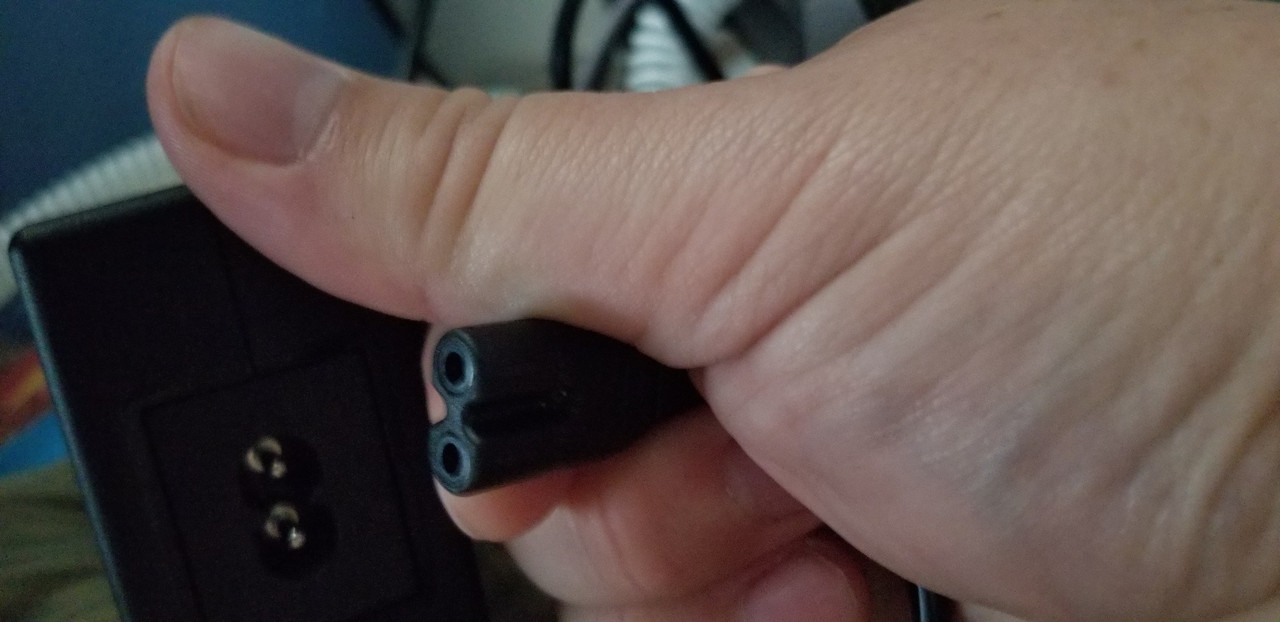mileena wrote: ↑Fri May 11, 2018 2:34 pm
I sometimes sleep in my car for up to 90 days straight, and do not have electricity to power my CPAP. So I need a battery that is portable and that can be charged quickly, like at a library, gym, or while driving...
An interesting problem. Sorry about the delay - I've been busy and had to give this some thought ...
First, one thing NOT to do: Don't use the main car battery unless it is an emergency! A starting battery is not designed to take the deep discharge of a cpap. This is especially true if you use humidity and the heated hose. It may work for a few nights, but the battery will die an early death!
There are two basic approaches to this. First you could get a lightweight lithium based pack (including the various suggestions already made) and recharge it daily. There are several issues with this: most of them will only run one or two nights, and only the largest (i.e. most expensive) could handle humidity or heated hose. Second, they generally take 5 hours to charge, and they would need daily charge, so this only works if you're near a secure, 7-day accessible outlet. Also, a full charge cycle takes a toll on batteries, so doing this 90 days in a row is going to take a good chunk of the life of the battery pack. Also consider that while there seem to be a large number of lithium pack nowadays, only a few are actually designed to run a cpap, and they are the most expensive. Others are often really tablet/laptop chargers, or even jump starters the are rebranded as "solar generators"! Also, they tend to be "all-in-one" packages, requiring a particular charger and special cables. I'm not saying you can't make this work, but there are issues.
The other approach is to use a larger, traditional lead based battery. These are similar to the car starting battery, but designed as "deep cycle" so they can be deeply discharged daily and provide long life. I strongly recommend an AGM style battery which is sealed, doesn't vent gas, and can even be run upside down. These can be had in a variety of sizes, from 8 amp-hours, to 100. The size that's nice for a lot of applications is 35 amp-hours, which is a luggable 24 pounds and only costs $65. Since you're setting up a long term solution, if you can afford a bigger battery (even a 100AH, under $200) I would consider it. This would allow you to go a for a week or more without humidity, or even run a few nights with it.
The issue again becomes, how do you charge it? Since these batteries have the same chemistry as a car battery, they can use the same chargers. First, about charging- the best way to go is to deplete down to about 40-50%, and then charge up to about 85%. Thus, you'll use about a third of the battery on each cycle. That will take about 90 minutes to recharge. These numbers work regardless of the size of the battery, so if you have a larger battery, you'll spend less time charging.
One approach is to semi-permanently wire it up to the car charging system. This works while charging, but you really want to be able to disconnect when not charging. Boats traditionally used the "Big Red Switch (1-2-Both)" but lately have gone to disconnect relays and "echo charge" systems which cost around $100 and create a "set it, forget it" system. And don't rule out solar - if you have a roof rack (or can add one on) it would be possible to to put a panel on the roof that would provide considerable power. Even tying on a flexible panel (100 watts for under $200) would make a big difference - it may provide all the power you need.
If you have occasional access to an outdoor outlet, you can simply run an extension cord. This works better with a large battery (and larger charger) since you can charge it faster. For instance, if you don't use humidity, you might get 7-10 nights from a 100 AH battery, and then recharge in two hours.
I live off-grid for several months a year. My solution is "all of the above"! I use the lowest power appliances; I have large batteries; I can charge from two engines, a generator, 5 solar panels, and an extension cord! The charge sources are wired to the large house bank, and starting batteries are charged with a echocharge which acts a small slave charger. You obviously wouldn't want all of this, but some subset might be viable for you. If you need more detailed advice appropirate for your situation, send me a PM.
